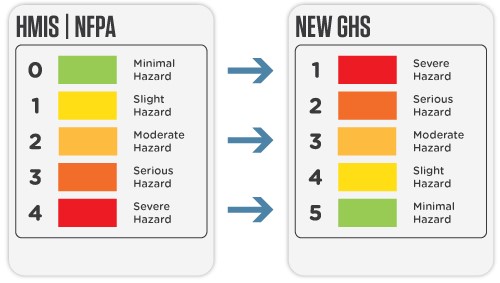This section contains procedures specific to laboratory waste handled by laboratory personnel familiar with chemical operations. IUEHS collects a wide range of chemical waste from laboratories, but alternative disposal options are acceptable for some of these wastes. Refer to Attachment A of this Guide for a list of disposal options for common laboratory chemicals. Contact IUEHS for your respective campus for questions regarding any chemical not found in Attachment A. There are three basic routes of disposal of laboratory chemical waste:
- Sanitary sewer or trash disposal of non-hazardous materials;
- Acid-base neutralization, followed by sewer disposal. Note:Any other type of treatment must be part of an experimental procedure to be considered legal; and
- IUEHS management for offsite treatment or recycling - Campus-specific waste management procedures are found in Sections 5-7. Those sections outline how to correctly identify, package, and segregate waste; waste storage requirements; and IUEHS waste collection for both laboratory and non-laboratory operations.


